Mother of the Nation
Whina Cooper
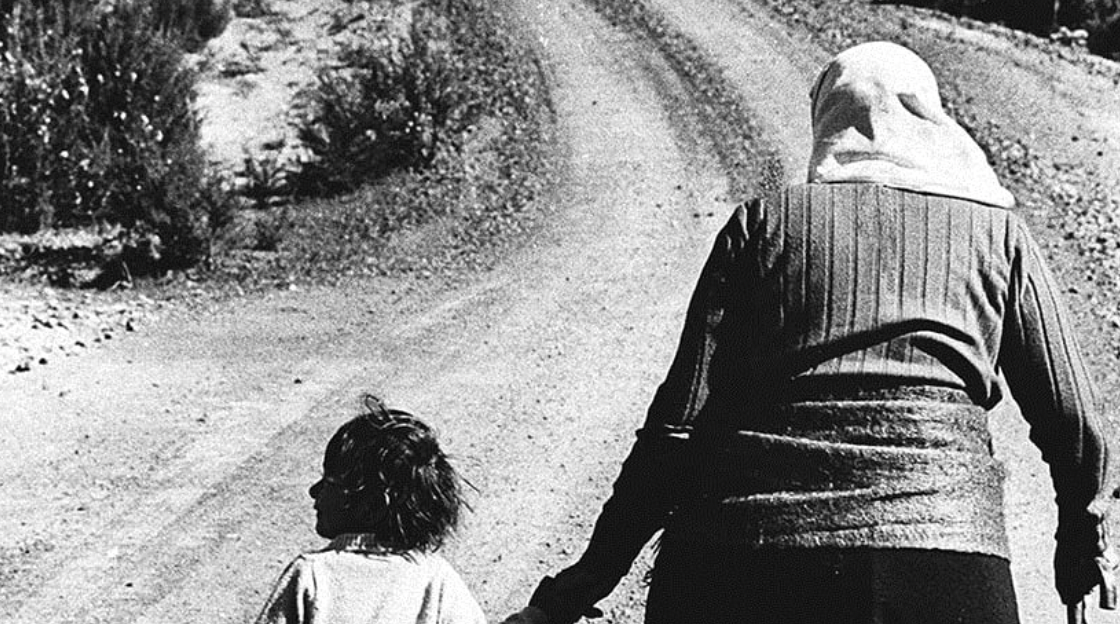
Who is Whina Cooper
Whina cooper was born 9th December, 1895. Her father Heremia Te Waka a leader of Ngāti Manawa and Te Kaitutae hapu of Te Raraw. Whina was heavily influenced by her father's roles as a community leader and catechist for the Catholic church. Whina went to St Joseph's Māori Girls College in Napier. In 1911 she refused her fathers request for marriage and began working in the local co-operative story. In 1913 she began trainee teacher at Pawarenga Native School on the south shore of Whāngāpē Harbour where she was one of three staff who were Māori. 10th May 1917 she meet her husband who she married and had a daughter with, Whina and gilbert lived in her parents house. Her mother died that June and her father died shortly after that from the influenza epidemic. Whina then opened her own community centre and called it Parish Hall.
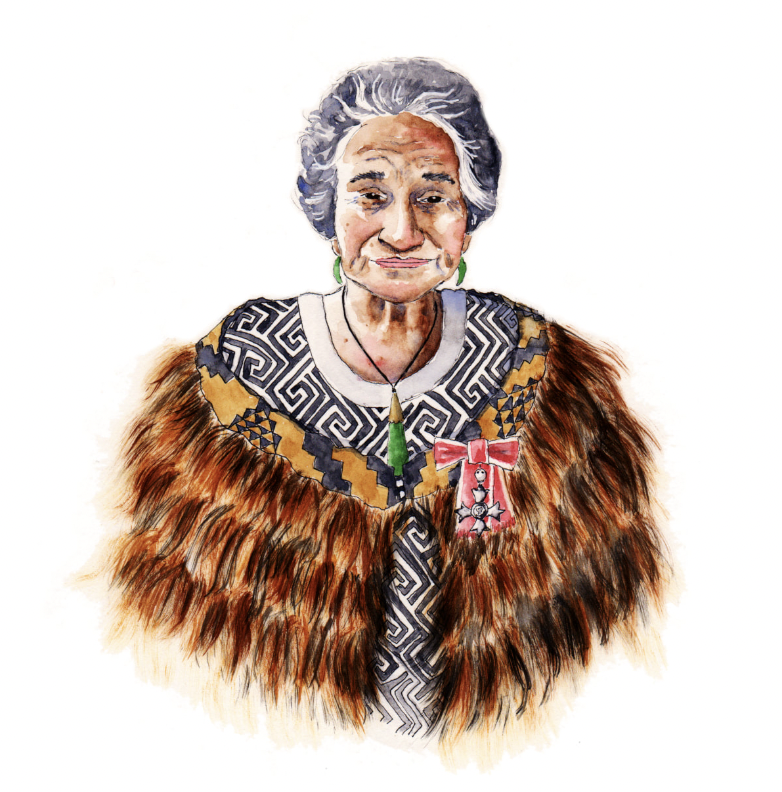
In the1930s Whina's position as Māori leader of the northern Hokianga was unchallenged. Legislation was put through by parliament for Māori to borrow public funds which would help develop land for whānau. Whina became the official supervisor for the Panguru and Waihou schemes and unofficial adviser for nine others "A journalist noted that Whina was ‘the driving force’ at Panguru" (king, 2000). At the Māori Womens Welfare League in Wellington Septemeber 1951 Whina was elected foundation president. 1975 a coalition group formed Te Rōpū Matakite o Aotearoa to combat further alienation of Māori land and asked Whina to lead them, she accepted and marched to parliament in Wellington. Whina led around 5,000 people into parliament grounds and presented a memorial of rights from 200 Māori elders.
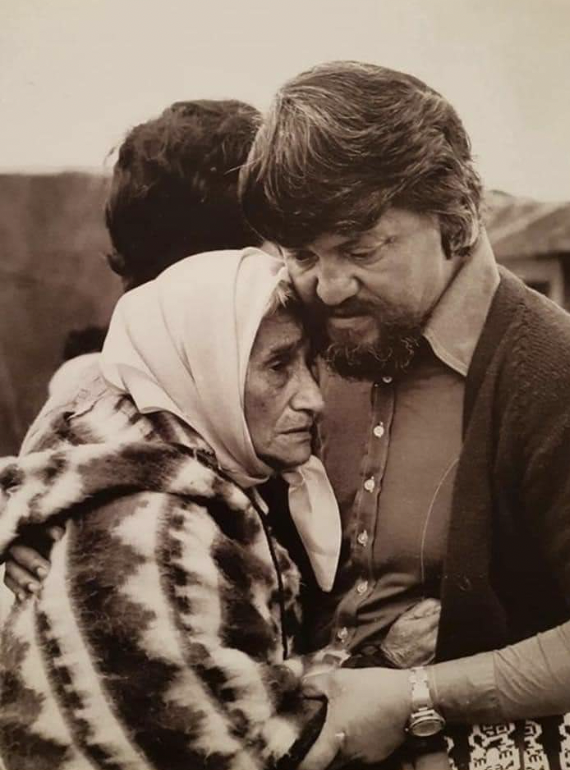
Whina’s father Heremia Te Wake was a notable community leader with his role as the chief. Like her father, Whina took pride in helping the Māori community, which extended beyond her iwi. Whina demonstrated this in her move to the city of Auckland in 1949, where she became president of the Māori Women’s Welfare League in 1951.
Whina played a significant role in helping to establish the organization and advocating for the well-being of Māori women and families. However, she is most renowned for her role as the leader of the Māori Land March in 1975.
The Māori land march started on the 14th of September in Northland, marching the length of the North Island, finishing outside of the parliament building in Wellington on the 13th of October. The 640 kilometer march concluded with 5000 participants joining the march reaching parliament, resulting in official recognition by the government of discrimination of Māori and the loss of their land. Whina was also awarded many awards, including honors from the queen for her services and leadership of the Maori people.

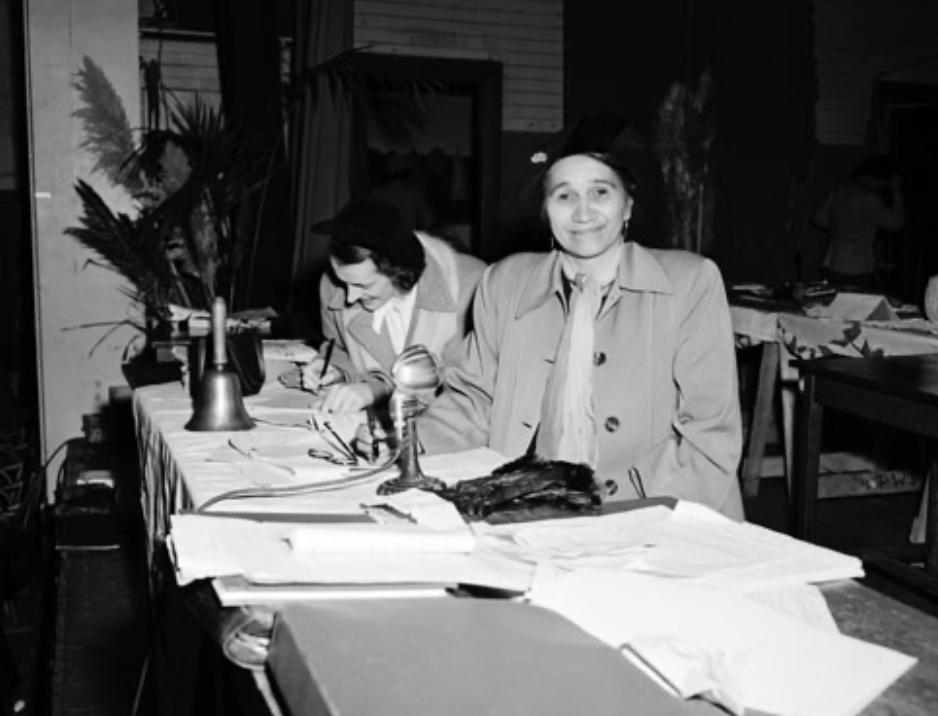

Whina Cooper's Māori land march of 1975, also known as the "Hīkoi Whenua," played a significant role in drawing attention to the issues facing Māori communities, particularly regarding land rights. While the march did not directly result in the return of land to Māori, it had several important and lasting impacts.
The Hīkoi Whenua increased public awareness surrounding the struggles Māori faced in retaining control over their ancestral land. The march received national and international attention on the issue of indigenous land loss as well as broader challenges that Māori communities face.
Over the years following the Māori land march, various land settlements were negotiated between the New Zealand government and Māori iwi. These settlements aimed to address historical land confiscations and provide compensation or the return of specific parcels of land to Māori ownership. The Waitangi Tribunal (1975) played a vital role in the resolution of many of these claims.
While not all land lost to Māori communities was regained, the increased awareness and advocacy following the march helped prevent further land loss. Māori communities became more vigilant in protecting their remaining lands, and there were legal mechanisms in place to address new land grievances. The march had a lasting impact on New Zealand's social and political landscape and contributed to the ongoing process of addressing Māori land issues.
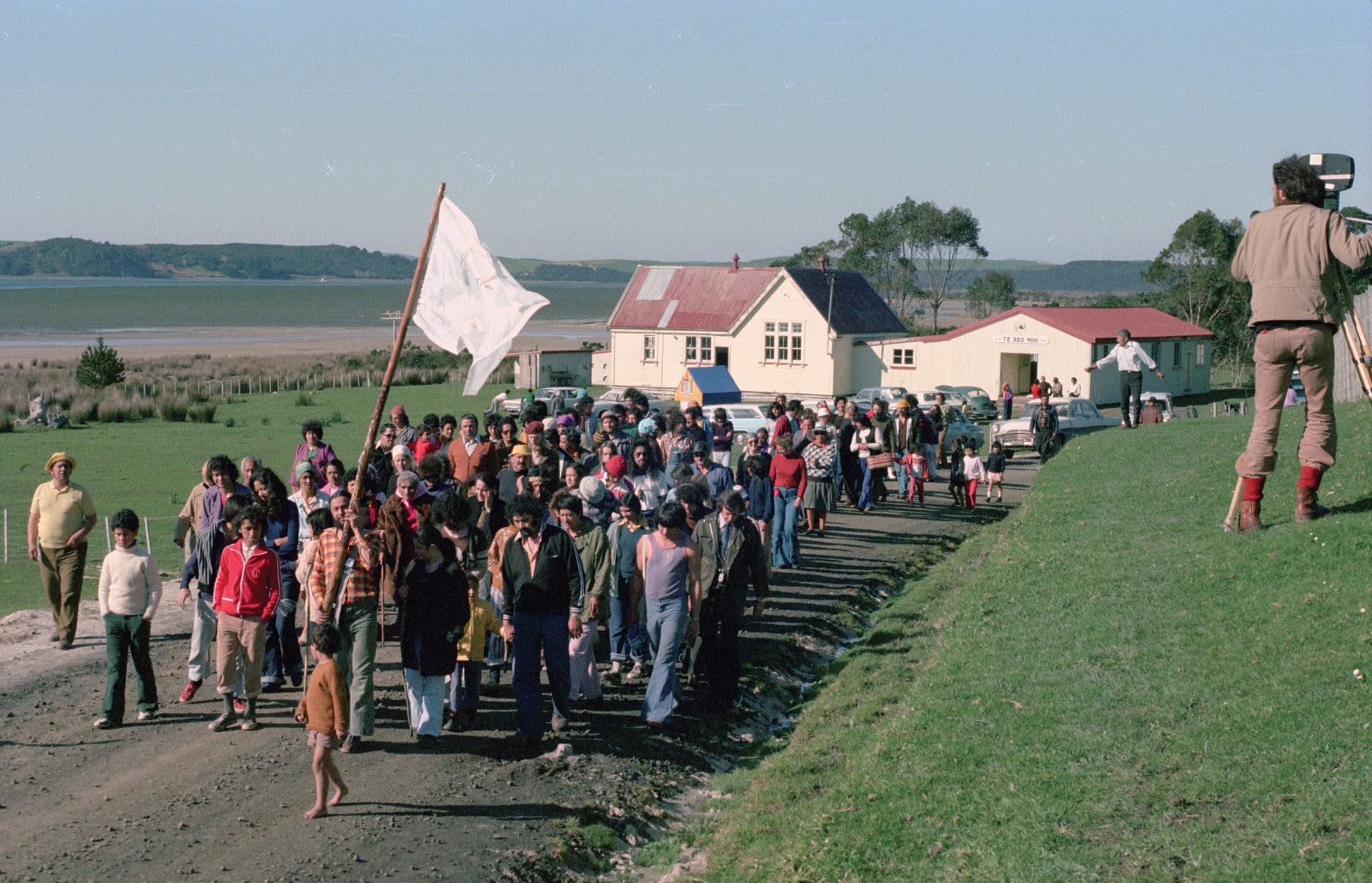
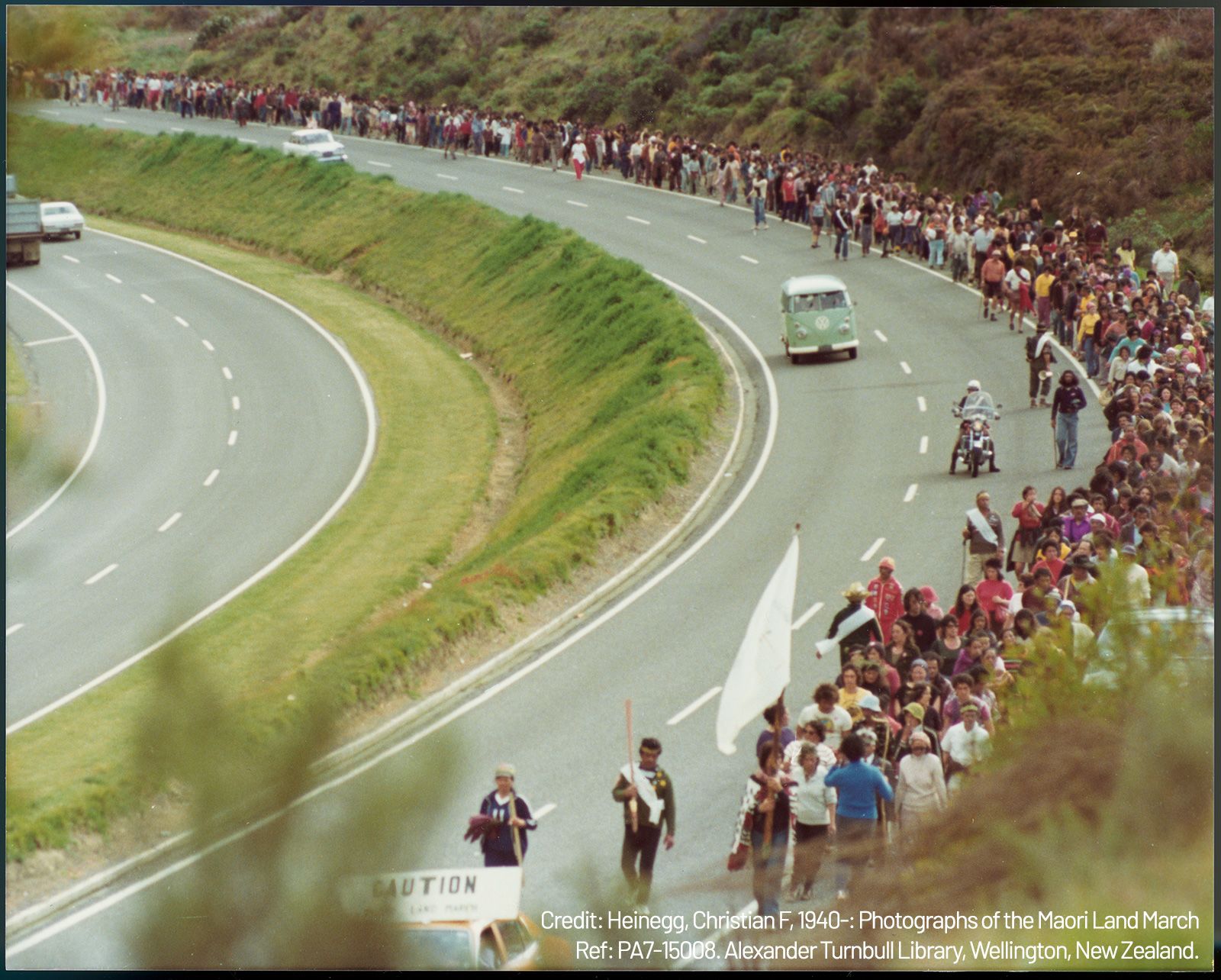
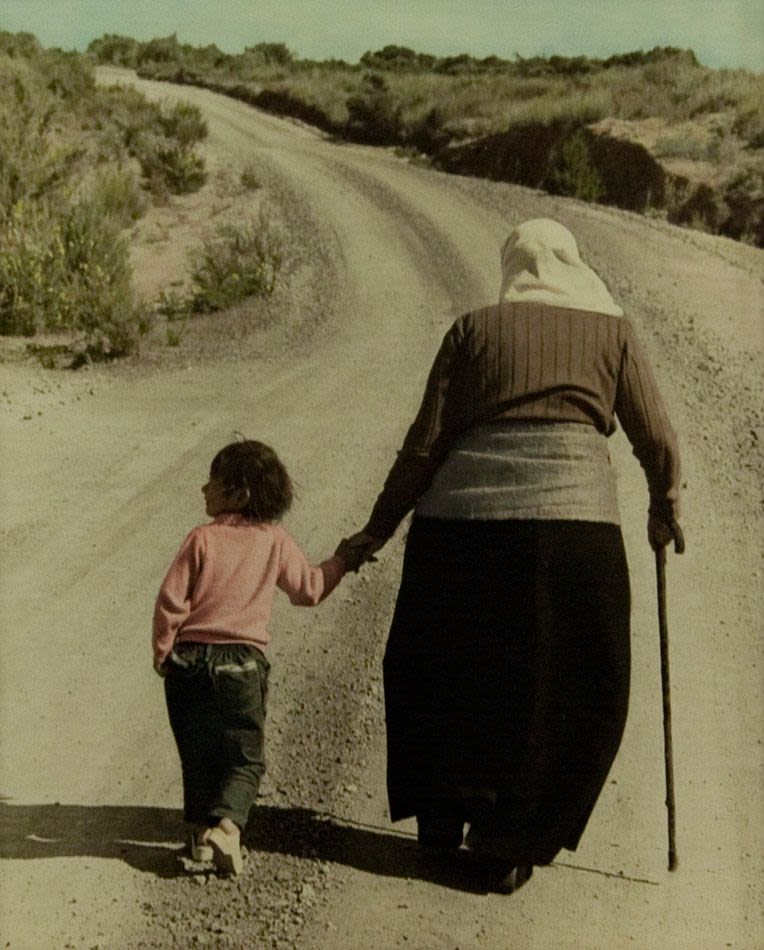
While Cooper was primarily known for her work on Māori land issues, she did not ignore the concerns of women within her community. She advocated for the rights of Māori women and recognized the importance of addressing gender-specific challenges, such as access to education and healthcare.
Cooper's work often intersected with feminist and women's movements in New Zealand. While her main focus was Māori land rights, her collaboration with women's groups helped bridge the gap between indigenous rights and women's rights movements, highlighting the intersectionality of her activism.
Whina Cooper became a female leader in New Zealand at a time where traditional gender roles only allowed males to have a dominant opinion and a leadership role. Therefore, she faced a lot of challenges based on her gender. Such as gendered stereotypes about her role as a woman in power, creating challenges to being recognized as a leader for women in society. As in the 1900’s, women were unable to have a voice and share this due to such extensive gender roles that formed a gender imbalance in how women and men were perceived in a leadership position and their ability to freely express their voices and opinions.
Whina Cooper’s actions and sheer dedication left a life-long imprint upon New Zealand and left a profound impact on women. Cooper’s leadership garnered attention from all around the globe and catalysed transformations for Māori communities and land rights legislations. Her efforts largely contributed to empowering women, articulating their perspectives on their rights and advocating for essential rights such as healthcare, education and housing. Whina’s influence within the Māori community was extreme. Whina’s influence and leadership made Māori women radically change the dynamics of rights. Her dedication played a critical role in reducing gender inequities and inequality. The critical defeat of intersectionality within the Māori community ensure that women can also obtain all-inclusive healthcare, education and adequate housing. Whina Cooper’s acts had a generational impact by promoting justice and parity for both Māori men and women. This in turn, contributed to the advancement of society.
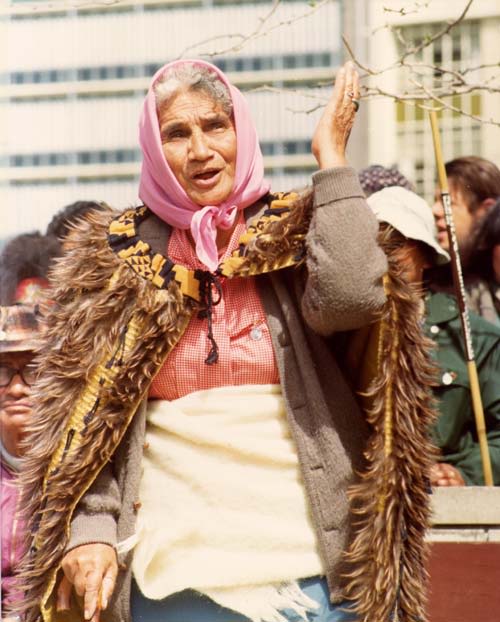
Whina Cooper holding her mokopuna's (granddaughter's) hand during the march was a significant image that circulates the media from the march. Inspired by that image, a replica statue was placed in Whina's hometown of Panguru on the 2nd of February, 2020. The statue stands facing towards Wellington, where Whina and the group were heading on this monumental journey of New Zealand History.
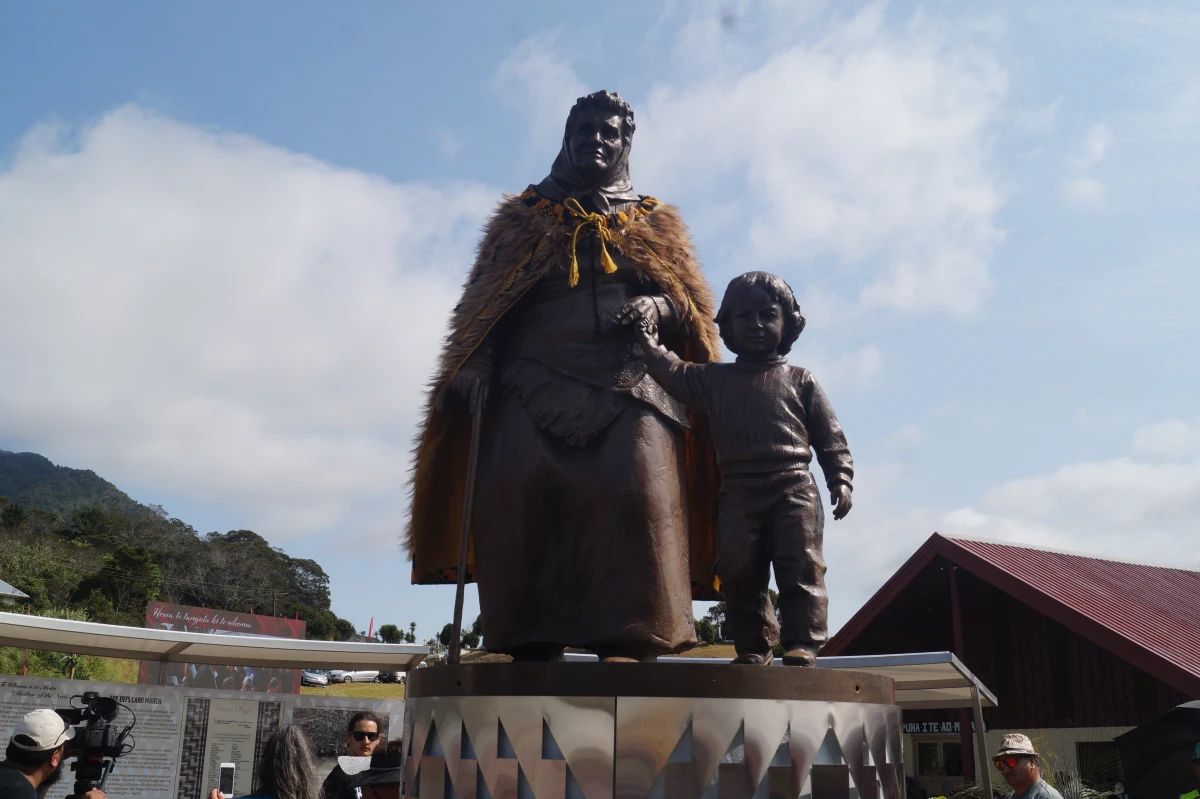
References
'Whina Cooper leads land march to Parliament', URL: https://nzhistory.govt.nz/whina-cooper-led-land-march-te-ropu-o-te-matakite-reaches-parliament, (Ministry for Culture and Heritage), updated 27-Oct-2021
King, M. (1991). Whina: A Biography of Whina Cooper ([New ed.]). Auckland, N.Z. : Penguin.
'Whina Cooper', URL: https://nzhistory.govt.nz/people/dame-whina-cooper, (Ministry for Culture and Heritage), updated 27-Oct-2021
King, M. (2019). Cooper, Whina. Govt.nz. [online] doi:https://teara.govt.nz/en/biographies/5c32/cooper-whina.
